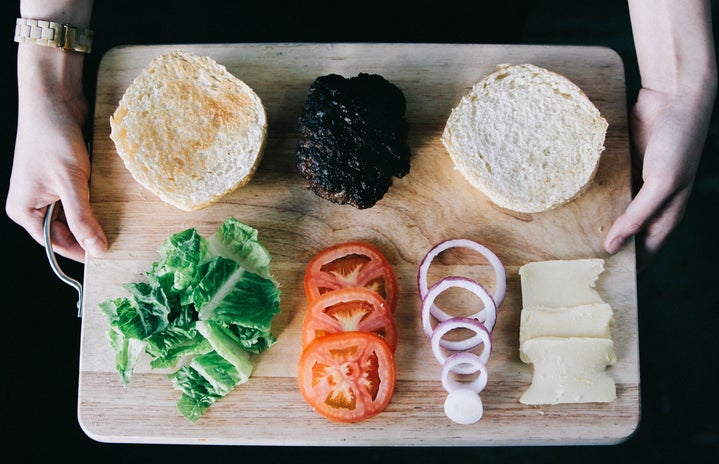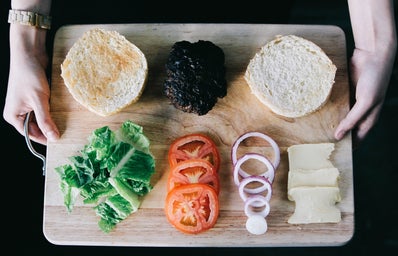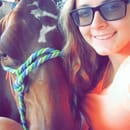Animal production is an important part of the agriculture industry in meeting the food demands of our growing population. The more people there are on Earth, the more meat is in demand. In order to grow animals to production-standard size, they have to be fed large amounts of food. Increasing animal production thus leads to the increasing use of land solely for the production of crops to feed animals. This creates a big controversy because people think that this land should be used to grow more food for human consumption.
The first piece of this controversy comes from the fact that human population is increasing, and their diets are changing. More and more people are developing diets similar to those in the United States, which includes eating large amounts of meat, such as beef, pork, and chicken. This change in diet to desire more meat leads to a need for increased meat production, which requires more and more animals to be bred as currently there are not effective methods of which to obtain more meat from fewer animals. If more people favored grains over meat, there might be monetary incentives to grow more crops for human consumption. At the current moment, however, more people favor meat than grains. This increased desire for meat could cause a serious problem if not enough is grown; expanding world hunger.
One part of the argument that growing large amounts of food solely for animal consumption is bad is associated with this problem of human hunger. It is believed that if more crops were grown and used for human consumption, the problem of world hunger would be decreased, and more people would have a healthier diet. Large amounts of crops are fed to animals, but by the time humans eat the meat, a lot of these calories are lost. It is believed that if more land was devoted to crops that humans could eat, such as corn, barley, and oats, there would be more to go around, thus reducing the problem of world hunger.
Currently, much of the land used for growing crops is dedicated to crops that humans cannot consume, such as alfalfa and corn used for silage. Another critique of this practice of growing crops for animal consumption is that these crops grown to feed animals are grown in large quantities as a monoculture. This means that really only one kind of crop is grown on the same land which requires fertilizers, herbicides, and pesticides to be applied heavily. These crops also may require large amounts of water. These pose problems toward the environment, but the counter-argument is that much of the land used to grow these crops is land that is not suitable for food crop production. The crops grown in these areas are specifically chosen for those areas with the interest of the best yield in mind.
This controversy about how land should be best used for agriculture crop growth will likely continue for a while. There are benefits to both sides of the spectrum that can likely change from year to year. It is hard to decide which is better, and there may never be an answer.
All information for this article comes from this website.



